Description, composition and characteristics
Non-woven wallpaper Is a kind of wallpaper made using modern technologies. Flizelin is a non-woven, consisting of paper and fabric fibers bound by a polymer material. In its structure, the polymer material is very similar to fiberglass. It does not shrink or shrink after it gets wet, and is much more elastic and stronger than paper used to make cheap paper wallpapers.
Such material can consist of several layers, the top of which can be a wide variety of fabric, foamed vinyl, embossed, and so on. In all rolls, the manufacturer includes instructions for pasting with legend technical characteristics of certain types of wallpaper.
Specifications
| Characteristic | Description |
|---|---|
| Properties |
|
| Width | The standard is 0.53 and 1.06 meters. |
| Length | 10.05 meters is the standard length of a roll of non-woven wallpaper. |
| Weight | Varies from 0.5 to 1.5 kg. The weight of the roll depends on the length, width, and density of the non-woven fabric. |
| Density | 110 to 140 g / m2. |
| Life time | High quality wallpapers can last up to 15 years. |
Pros and cons
| pros | Minuses |
|---|---|
| Vapor permeability, that is, they breathe perfectly, which prevents the formation of mold. | In the absence of a vinyl covering, such wallpaper cannot be cleaned using aggressive detergents. |
| One of the main advantages is the absence of deformation during the process of pasting walls and ceilings, as well as during further operation. | |
| Environmental friendliness. Safe for human health. | |
| Ease of pasting surfaces. | |
| Possibility of sticking on any surface (concrete, drywall, particle boards). | Due to the high quality of the material and the difficulties in manufacturing, the cost of wallpaper is not the cheapest. |
| The ability to simply remove them from the surface without resorting to exhausting wall scraping. | |
| High resistance of the non-woven coating to flammability, absence of toxicity and unpleasant odor. |
Are they harmful to health?
In the absence of high temperatures on non-woven wallpaper, this material can rightfully be considered safe for the health of ordinary people and for allergy sufferers.
Types of non-woven wallpaper
Modern manufacturers offer several types of these wallpapers.
Non-woven base
Depending on the top decorative layer, they can be paper, acrylic, vinyl or textile.
Such material has the following characteristics:
- Sufficient strength and elasticity.
- Ease of gluing wall and ceiling surfaces.
- Relatively thin and lightweight.
Fully non-woven
Such webs consist of a non-woven material produced by interlacing textile and paper fibers, having an additional connection of a polymeric binder.
- Non-woven material is tensile resistant.
- During the pasting of surfaces, the non-woven liner does not deform.
- The fire resistance of such wallpaper is higher than that of conventional paper counterparts.
- Such material has good adhesion to any surface, be it porous concrete, plywood or drywall.
For painting
Ideal for creative people who like to frequently change the interior of their premises. They are smooth and embossed. Embossed ones look the most impressive, but due to the possible accumulation of dust on protruding elements, they can cause allergic reactions.
- Such canvases are highly durable.
- Resistant to abrasion.
- Can be repainted several times.
- They are highly resistant to fire.
- With several layers of color, this type of wallpaper increases the sound insulation properties.
The photo shows textured brick-like wallpaper.
Fabric-based
This type of wall decoration is used in luxury interiors. Such wallpaper consists of two layers - a non-woven base and an upper fabric layer.
- The cost is one of the highest.
- Such material, by right, is considered the most durable of all existing.
- They look very impressive in the interior.
Washable
Ideal for kitchen or bathroom interiors.
- Resistant to frequent washing without the use of chemicals.
- Non-woven wallpaper does not absorb moisture.
- Do not deform under the influence of a large amount of moisture.
- Do not peel off when water gets on the canvas.
Design options and drawings
Non-woven wallpaper has been breaking records in popularity among wall and ceiling coverings for several years. They look great in the bathroom, living room, bedroom, kitchen and children's room.
Due to the possibility of combining different types of wallpaper, you can end up with a very unexpected and original interior. In addition to the combination of wallpaper types, combinations of different colors with the same texture in the same room look good.
Consider the popular design methods:
- Geometric pattern (strip, cage, abstraction, zigzag, polka dots);
- Patterns and ornaments (damask, monograms, lace, openwork pattern);
- Floral print (flowers, leaves, trees);
- Birds and Animals;
- Imitation of various surfaces (stone, wood, leather, plaster, etc.);
- Photo printing (city, flowers, nature, cartoon plots, 3D design).
Presentation in various styles
Non-woven fabrics are suitable for interior decoration in various styles, but the following are currently considered the most popular stylistic trends.
Classical
The style has been popular for centuries. Currently, on the shelves of shops you can find a wide variety of non-woven wallpaper of golden color with various monograms, ideally emphasizing the taste of the owners of the interiors who have given them preference.
The photo shows the companion wallpaper (non-woven striped and vinyl with monograms) in the interior of the living room in the classic style.
Provence
Delicate, romantic interior, immersed in a huge amount of daylight and a small floral print.
Scandinavian
Refers to laconic styles, characterized by a large number of light shades in the interior.
In the photo, non-woven seamless wallpaper in the Scandinavian style, the joints on the walls are not visible.
Modern
Differs in the presence of various geometric patterns that can be combined and bold colors. Fits perfectly into the interior of a person with perfect taste.
In the photo there is a bedroom in a modern style with wall decoration with photo wallpaper on a non-woven basis.
Nautical
A relaxed style perfect for bedrooms, nurseries and bathrooms. Creates a sense of peace and tranquility in the interior.
Color palette
Modern manufacturers of non-woven wallpaper offer an abundant range of colors, among the variety of which you can choose the perfect shade for a particular style and interior. On the shelves of shops there are canvases of pastel, light, monochromatic, dark, bright and saturated colors for absolutely every taste.
Design ideas in room interiors
With the right organization of the space, with the help of color schemes for walls and ceilings, you can turn even the smallest room into a cozy home, be it a living room, kitchen, bedroom, nursery, bathroom or hallway.
Selection rules
It is very important, from the whole variety of offered non-woven wallpapers, to choose exactly those so that they fit perfectly into the interior, and the effort and money spent on rolls are not wasted. To do this, when choosing non-woven wallpaper, you should consider a few simple rules:
- You should not choose dark-colored canvases for rooms with windows oriented to the north side;
- For narrow and long rooms, you should not choose a pattern with vertical stripes, which visually narrow the room even more, but for rooms with a low ceiling, such a pattern will be ideal;
- For the bedroom, you do not need to buy wallpaper in bright colors, since first of all it is a resting place, and bright colors will irritate the optic nerves;
- When choosing rolls for the kitchen or bathroom, it is very important that they are washable, since these are places with high humidity and dirt;
- If there is furniture in the room being repaired, it is necessary to take into account the combination of colors between it and the future wall covering;
- For corridors, it is better to choose embossed, absolutely abrasion-resistant and vandal-proof.
How to glue correctly?
The result of pasting will depend on the availability of the necessary tools at hand and a few more factors:
- First, it is necessary to carefully prepare and clean the surfaces to be pasted from the remnants of old wallpaper;
- Secondly, a couple of hours before pasting, it is necessary to prime the walls;
- Thirdly, it is necessary to choose the right glue - as a rule, wallpaper adhesives are sold in the form of dry mixtures with detailed instructions for preparing the adhesive;
- Next, you need to start cutting the roll, you need the length and, if necessary, adjust the pattern;
- Non-woven fabrics are seamless, so they should be glued end-to-end, but in no case overlapped;
- The canvases should be smoothed out with a herringbone pattern from top to bottom, expelling air bubbles;
- Particular attention should be paid when gluing the seams.
It is very important that the glued room is not exposed to drafts, otherwise all the work will go to waste.
Features of painting
Painted wallpaper has a higher degree of wear resistance, is less prone to contamination and allows you to change the interior of the room up to five times, without major repairs.
Which paint is better to choose?
In the absence of the desired shade of color, you need to buy white paint and tint it yourself, or by contacting the specialists in the store.
- For staining, you should choose acrylic or water-based paint.
- Acrylic paint is more durable and allows you to wash the walls many more times, although the water emulsion is cheaper. Here the choice is determined solely by financial wealth.
- In addition, depending on the reflective properties, the paint can be matte, glossy, semi-gloss, semi-mat or satin. The choice depends on the desired effect on the painted walls or ceiling.
Step-by-step painting instructions
- It is necessary to paint the surface after the glue has completely dried, that is, in a day or two after gluing the canvases.
- It is necessary to start painting the walls from the bottom, moving up.
- Places that are not accessible to the roller or spray gun must be smeared with a brush.
- For a perfect result, paint the surface three times.
- Before applying the next coat of paint, the previous one must have time to dry, that is, the interval between coatings must be at least one hour.
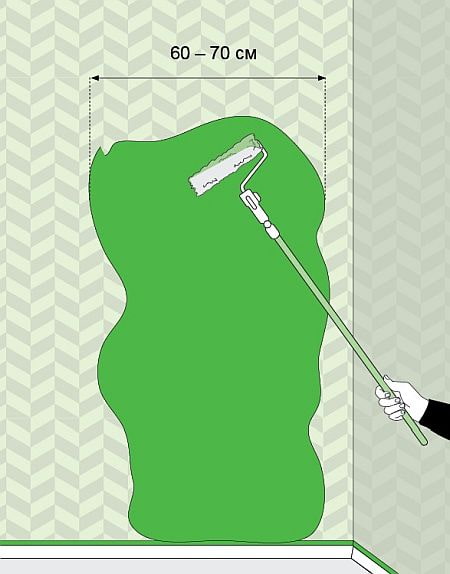
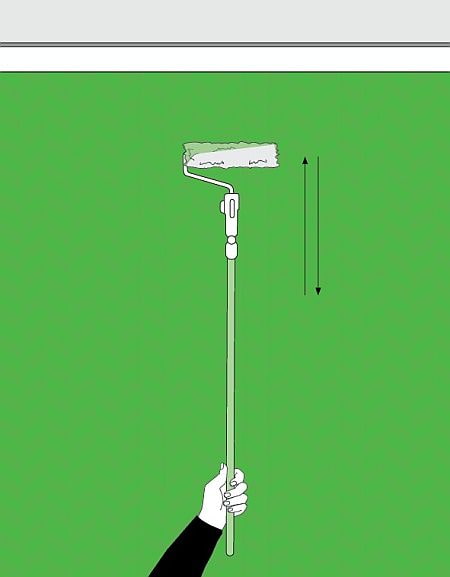
Video
Below is a detailed video instruction for painting non-woven wallpaper.
How to peel off non-woven wallpaper?
Before buying wallpaper, many people think about how difficult it will be to remove the non-woven coating from the walls for later repair.
Step-by-step instruction
- First you need to wet the wall surface well with water using a roller or a simple rag.
- Then wait about half an hour for that. So that the water is absorbed into the surface and completely softens the coating.
- Using a spatula, calmly remove the blades. If they are not completely removed, the remaining areas must be moistened again with water.
Video tutorial
This video tutorial will allow you to make sure in practice that removing non-woven wallpaper from the walls is not very difficult.
Care and cleaning rules
Care advice
No matter how durable the wall covering, careful handling will extend its service life.
- If the non-woven wallpaper is washable, then periodically you should wipe them with a damp cloth so that dust does not accumulate, which can cause allergic reactions.
- If, however, the manufacturer indicated in the instructions that the non-woven wallpaper cannot be washed, you can simply vacuum it periodically.
- You should save the liner from the wallpaper roll, on which the manufacturer specifies the cleaning method suitable for this type of wallpaper.
How to wash non-woven wallpaper?
Before starting work, study complete list of wallpaper care non-woven base.
- Can be washed with a water solution.
- For some types of wallpaper, the use of non-aggressive detergents is allowed.
Photo gallery
In conclusion, I would like to note that non-woven wallpaper is a practical, durable and environmentally friendly material presented in a wide range of products. Non-woven fabrics allow you to create any interior with both smooth and embossed or even perforated surfaces, factory or individual painting.

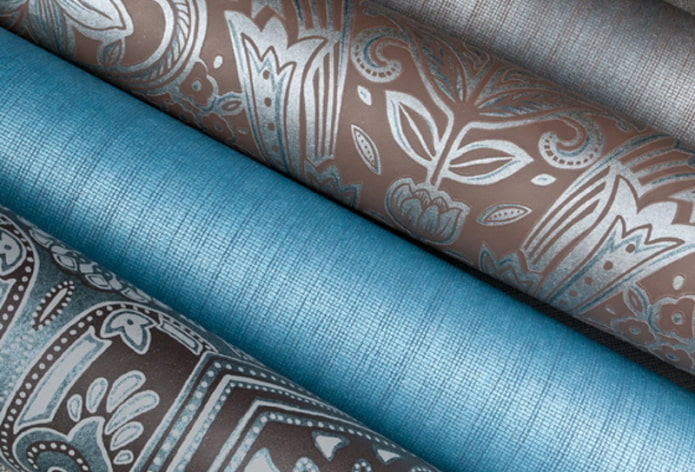
 10 practical tips for arranging a small kitchen in the country
10 practical tips for arranging a small kitchen in the country
 12 simple ideas for a small garden that will make it visually spacious
12 simple ideas for a small garden that will make it visually spacious
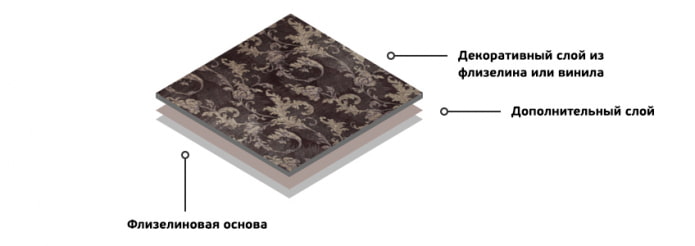
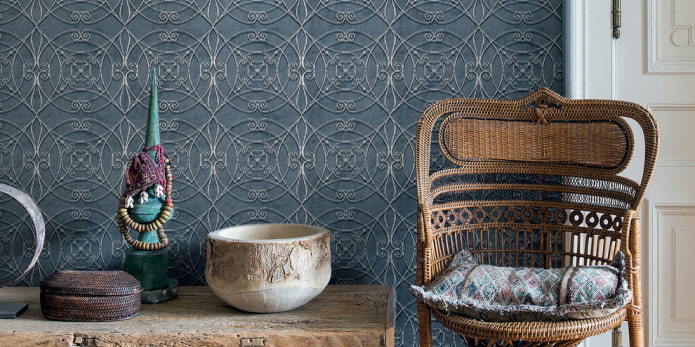
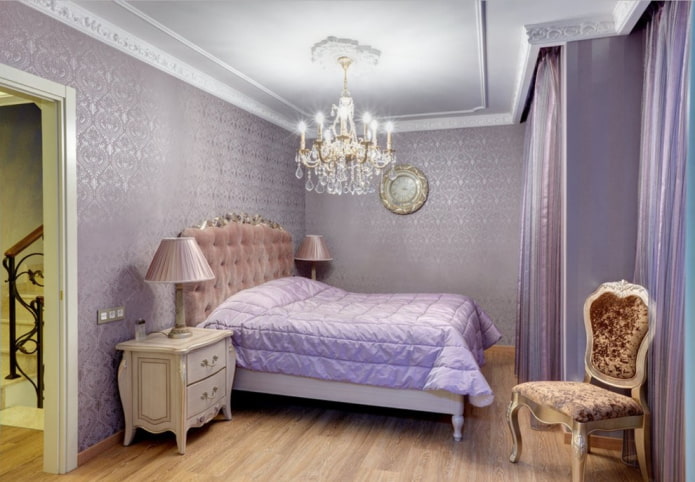

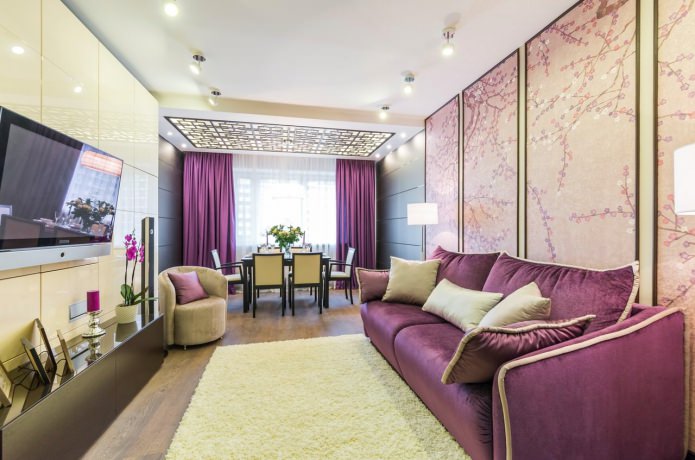
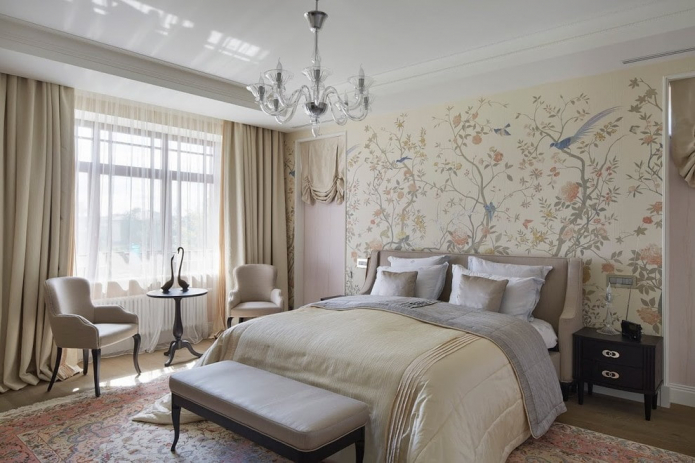
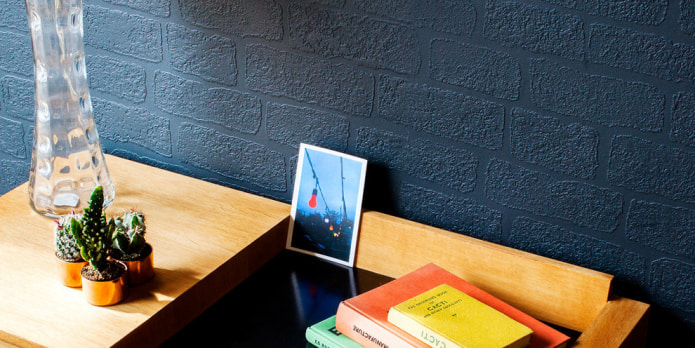
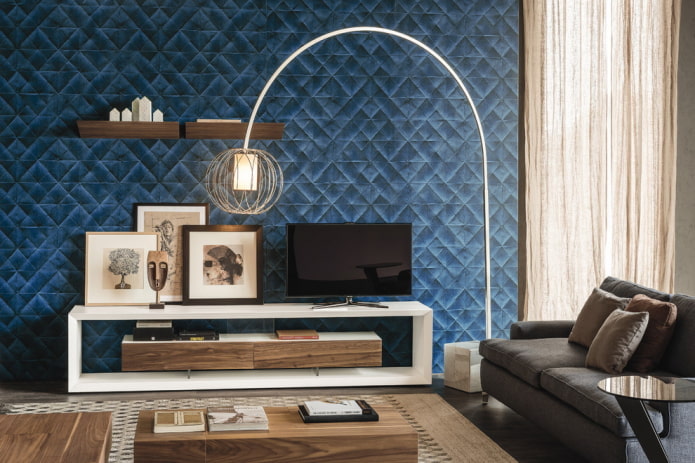
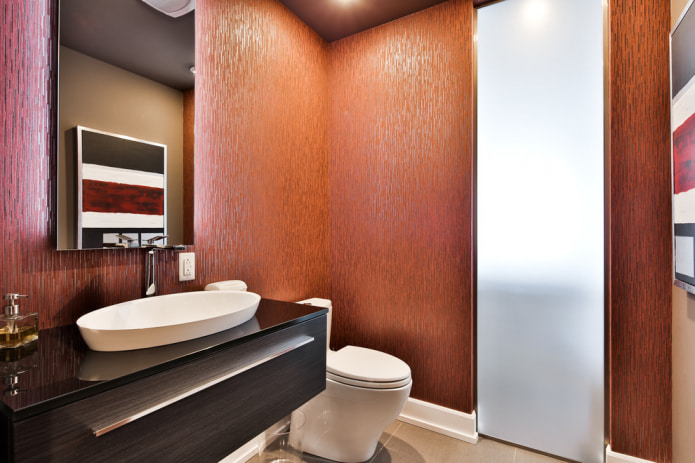
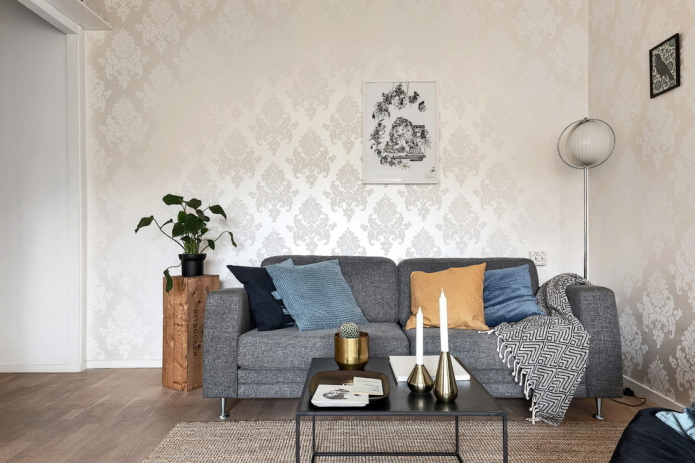
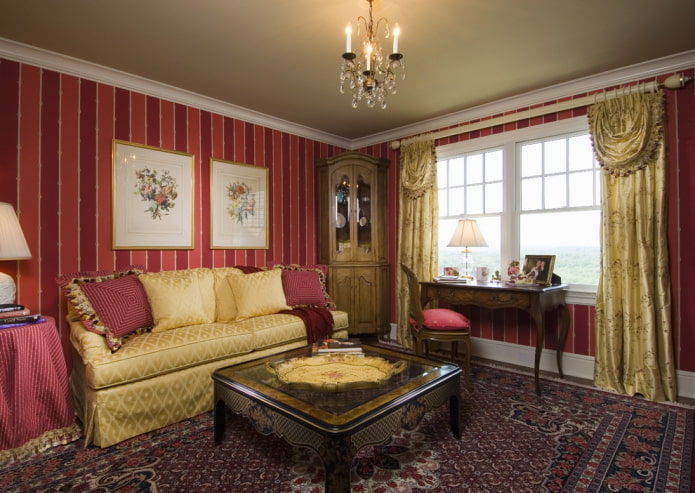
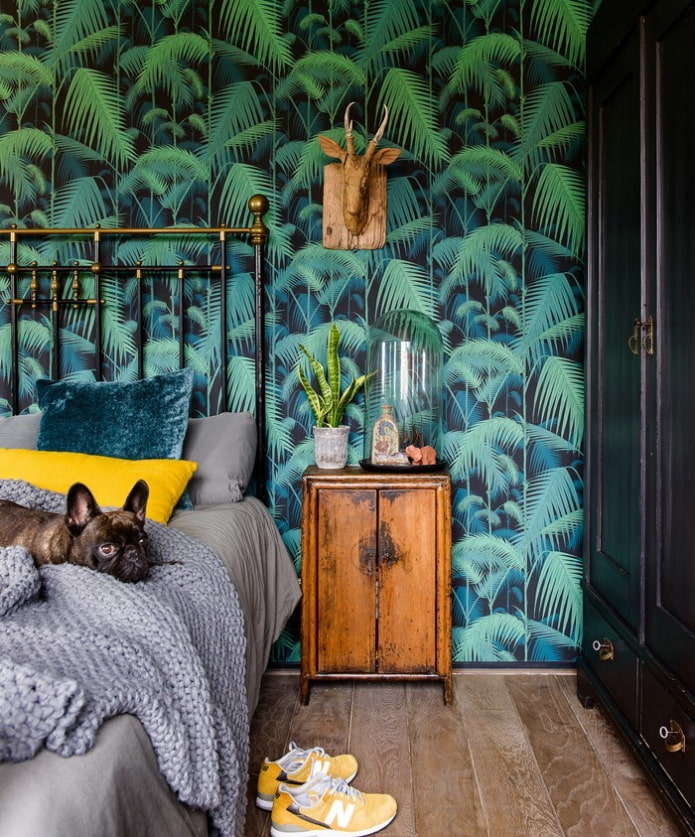
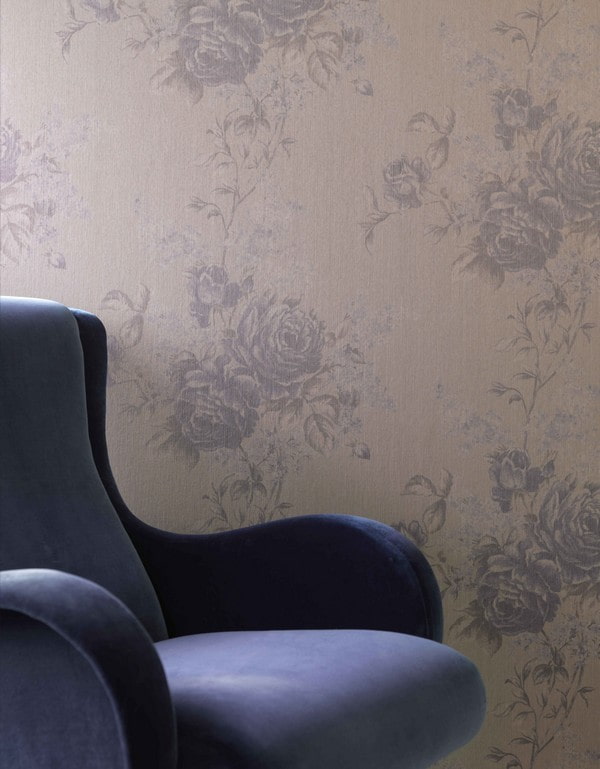
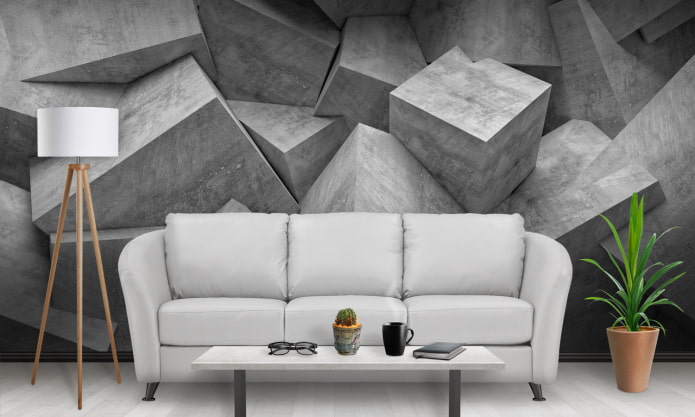
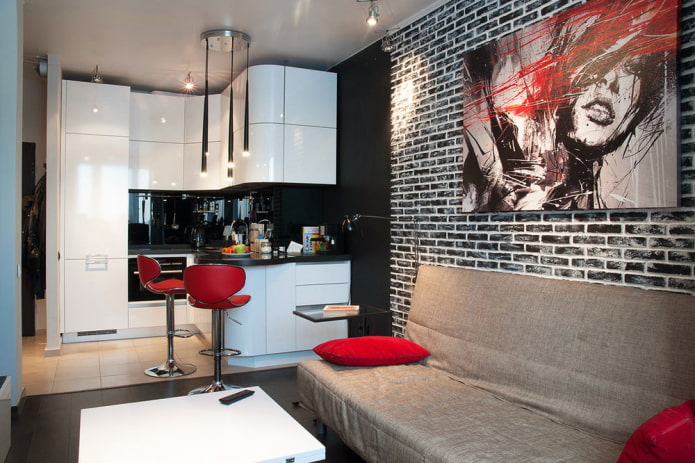
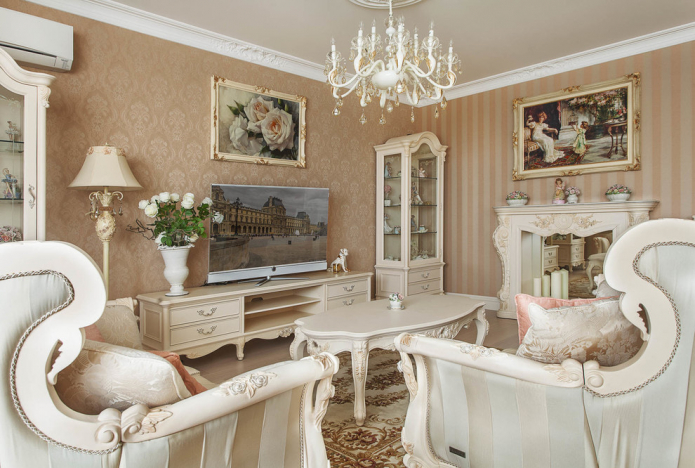
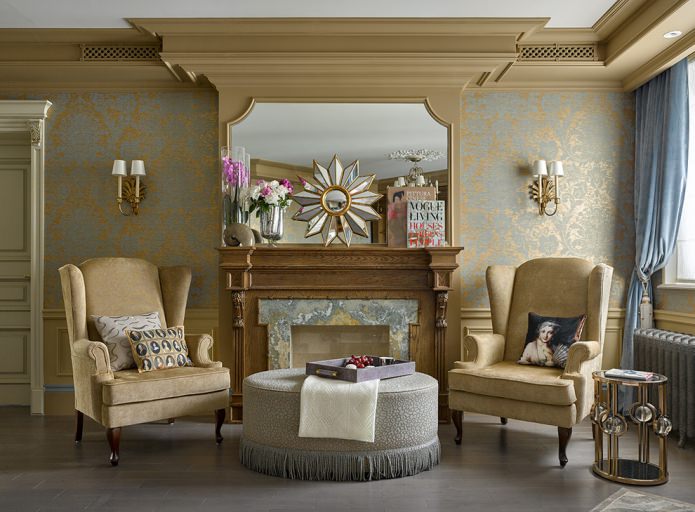
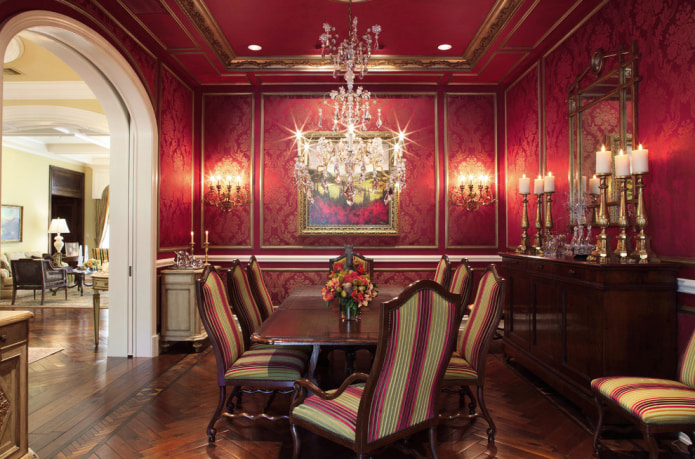
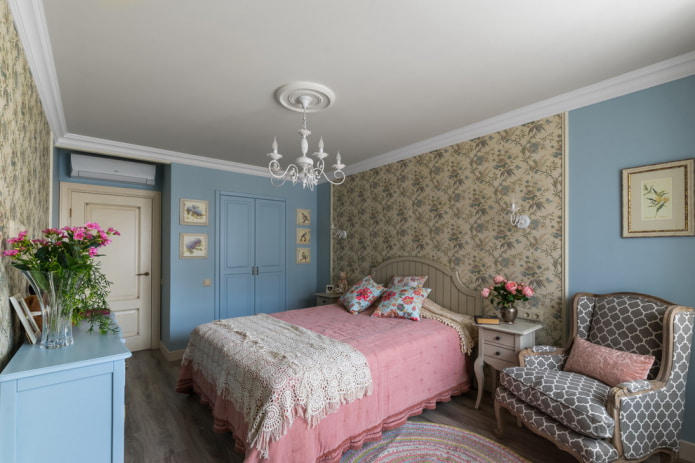
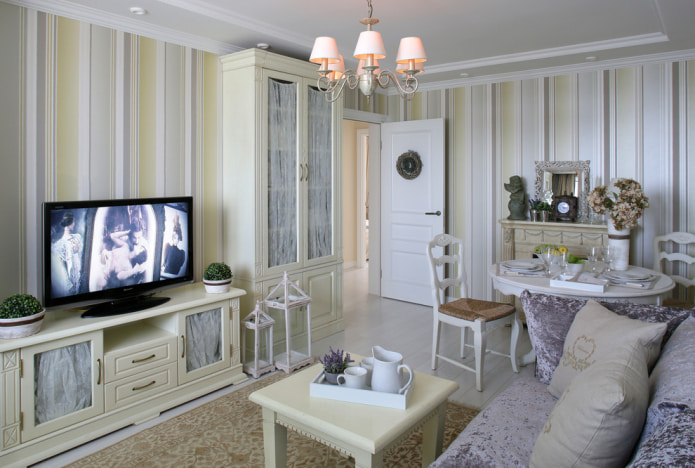
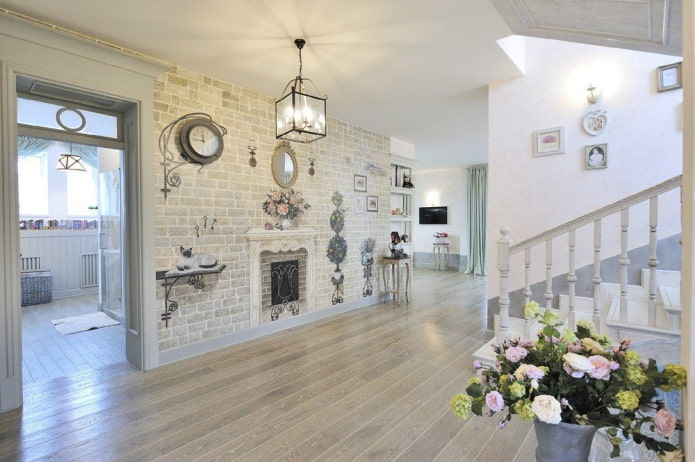
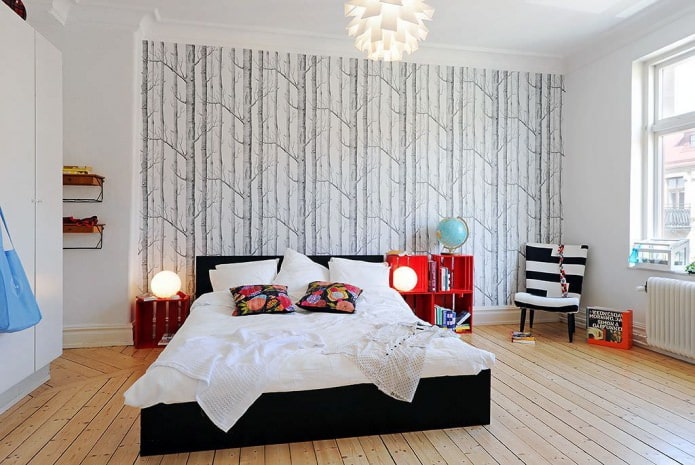
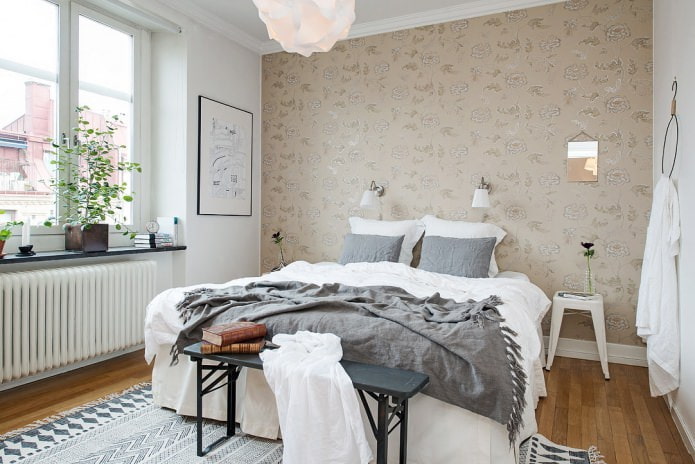

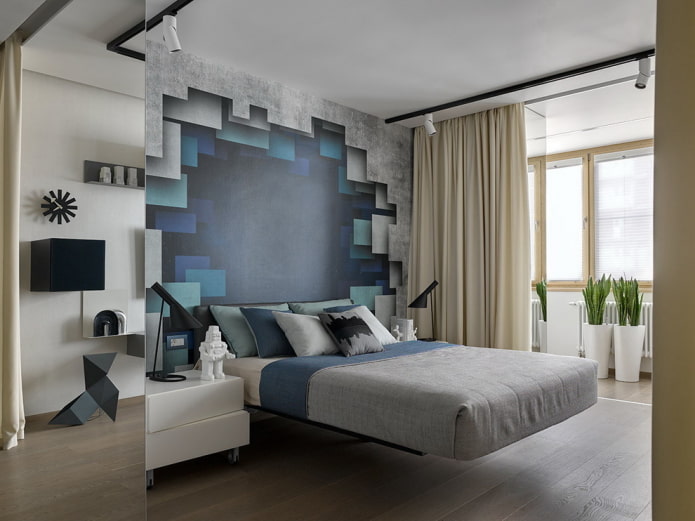
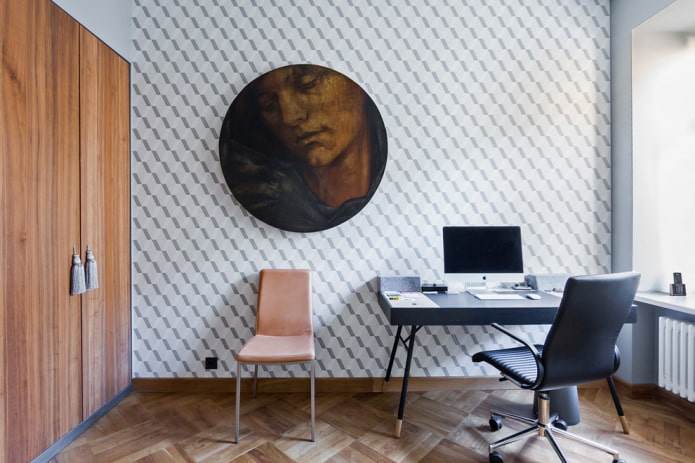
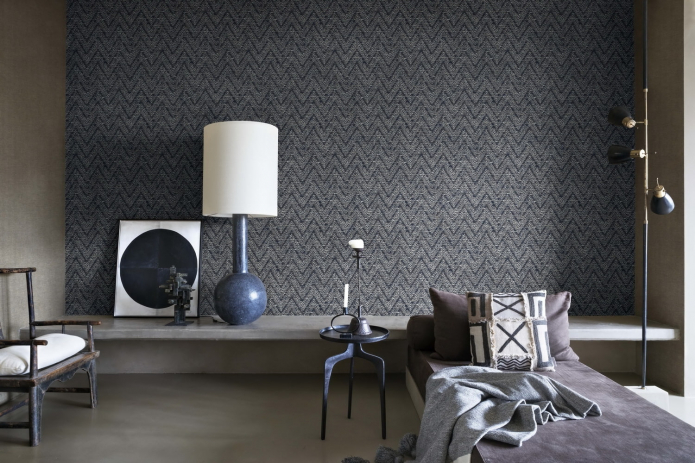

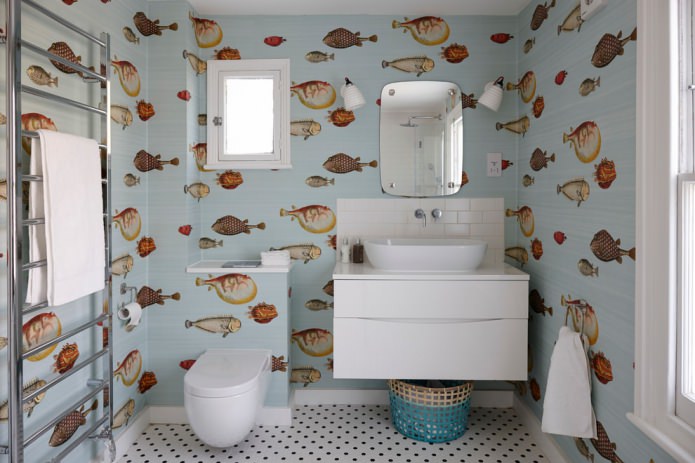
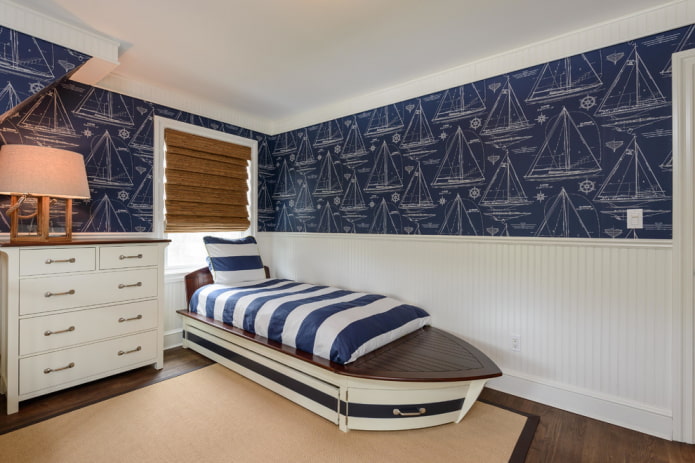
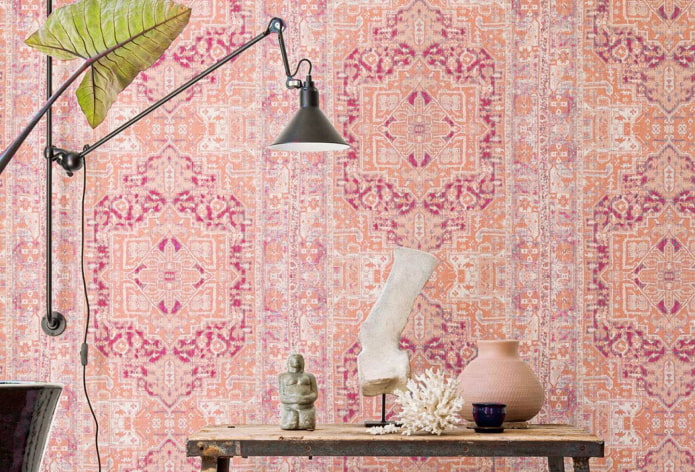

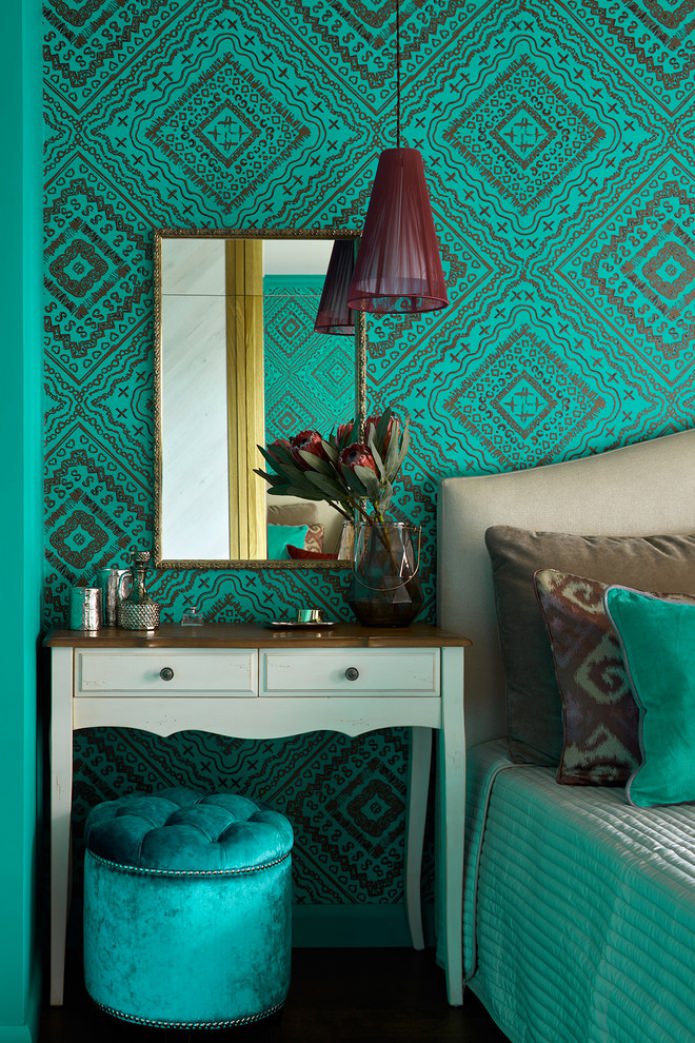
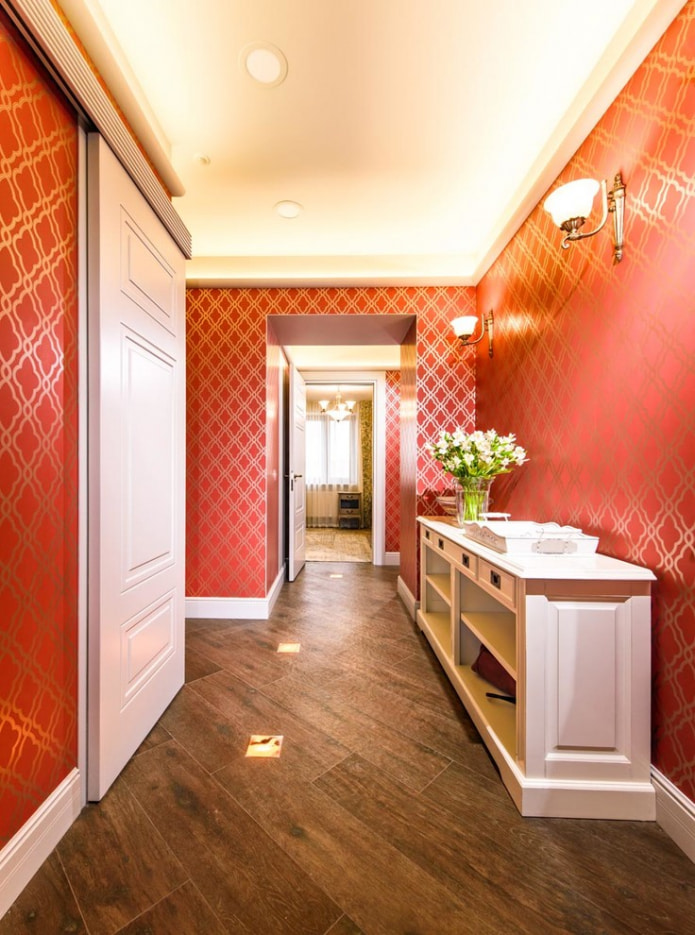
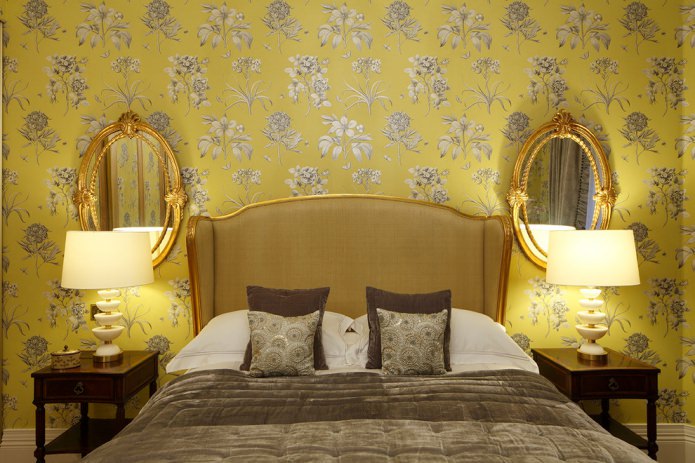
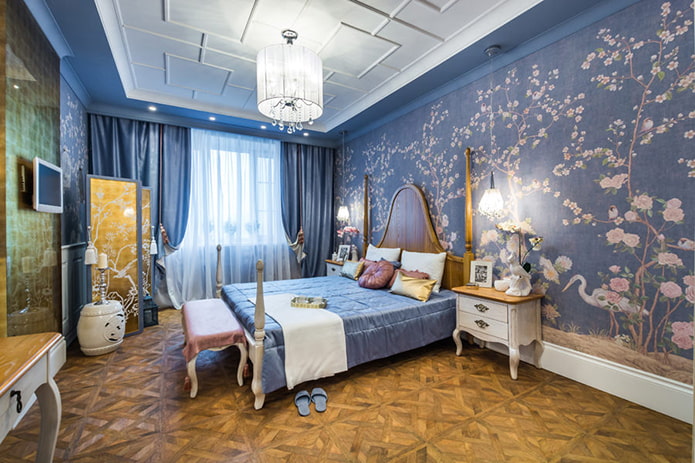

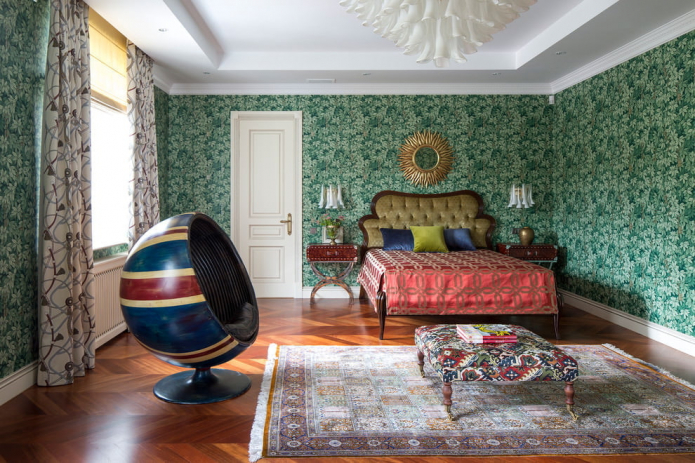
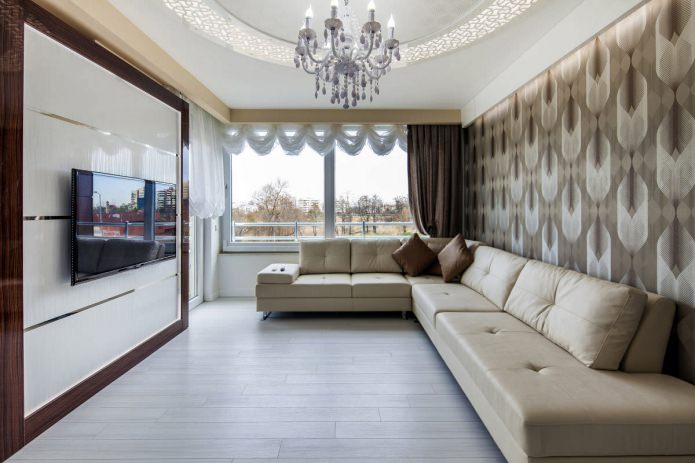
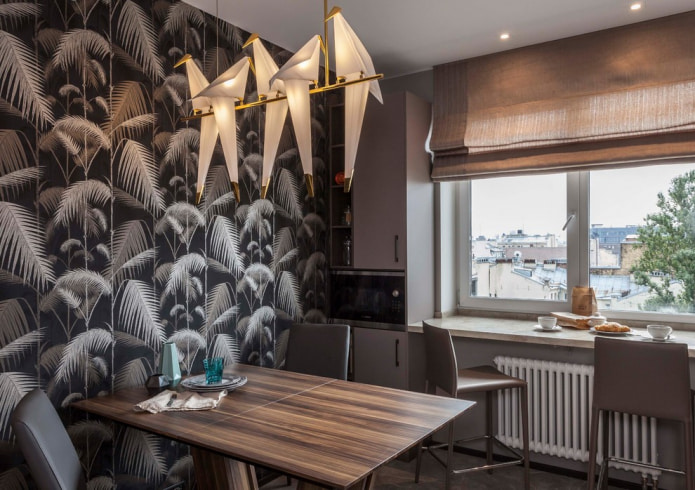
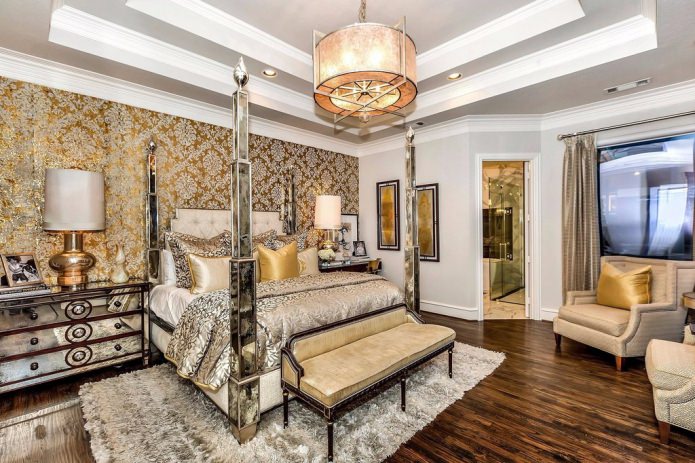
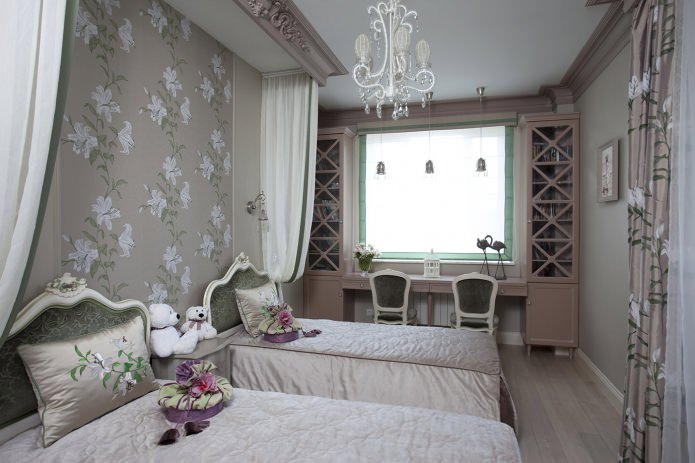
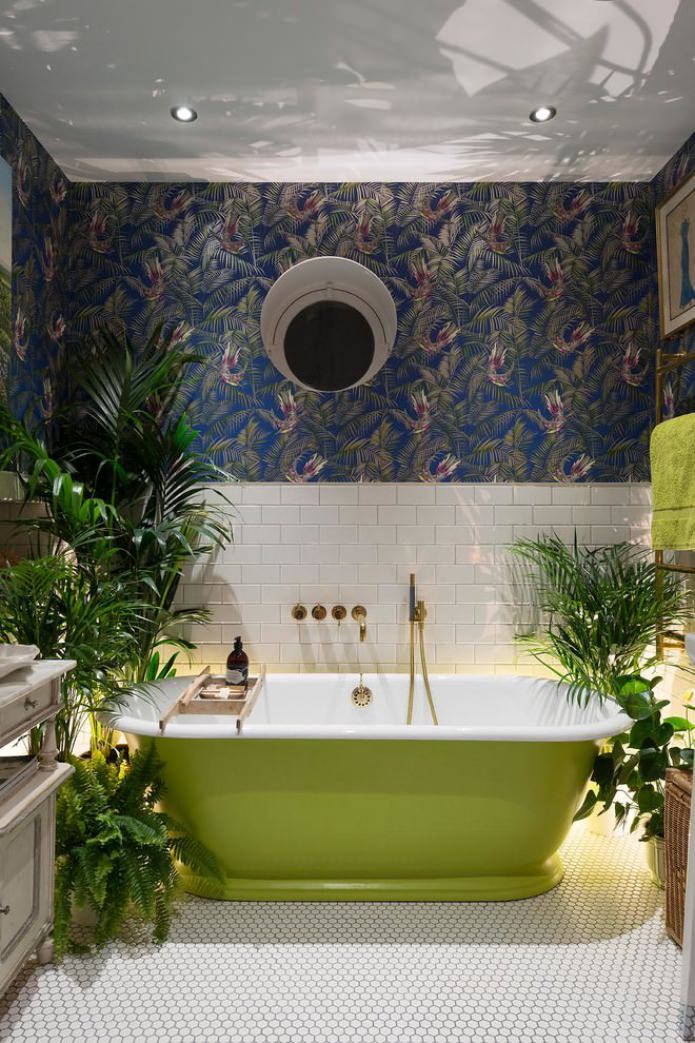
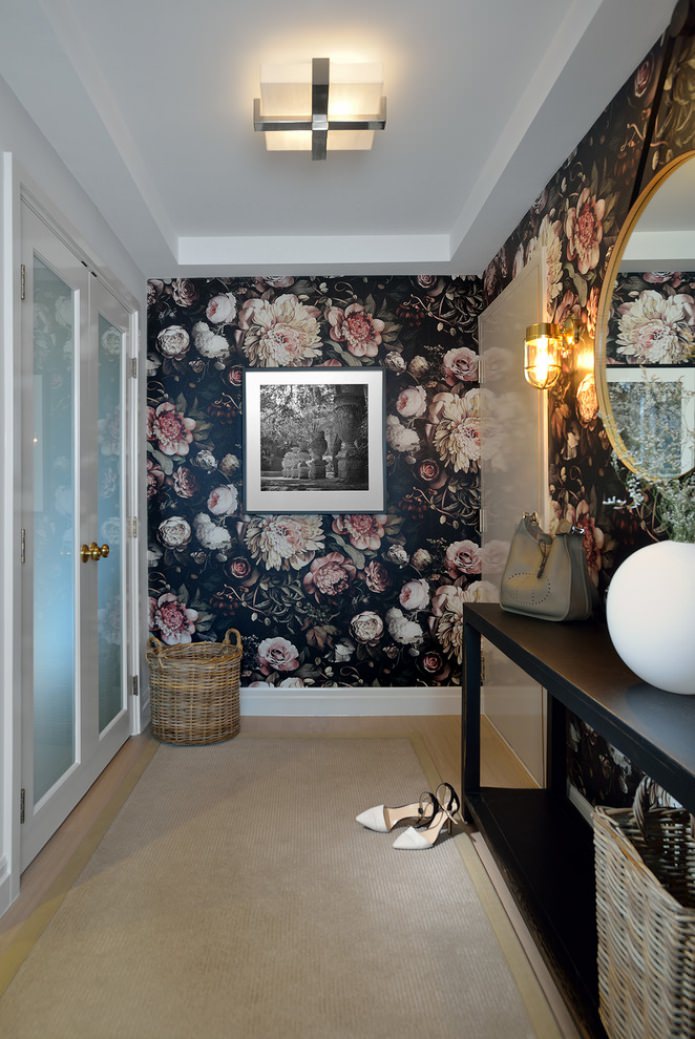
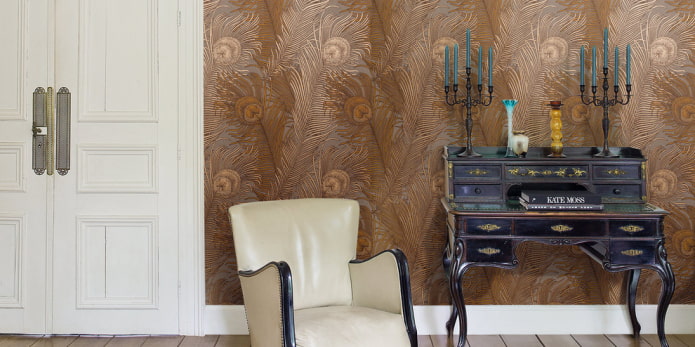

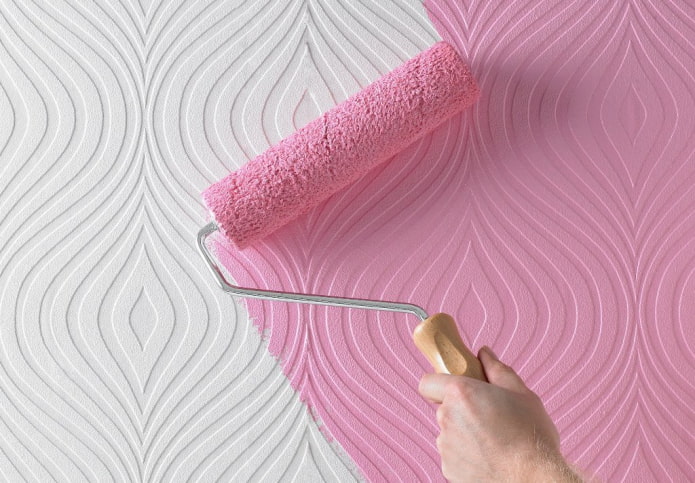
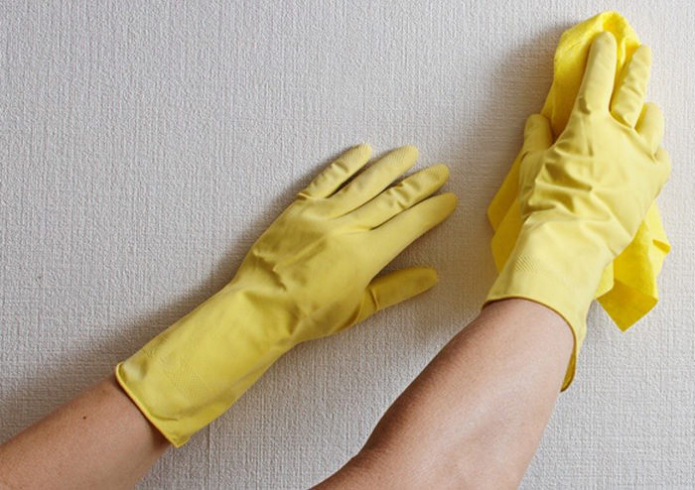
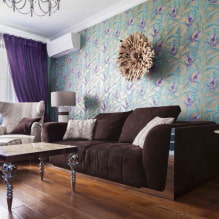
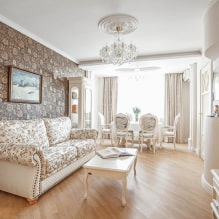
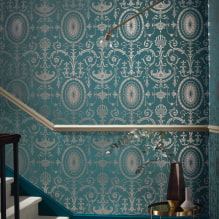

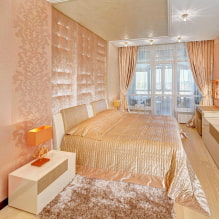
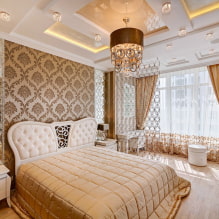
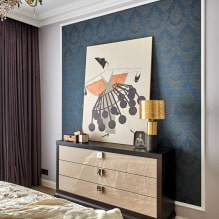
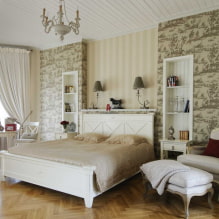
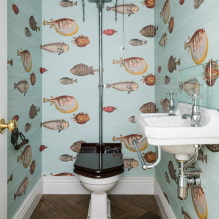
 13 bad habits a good housewife shouldn't have
13 bad habits a good housewife shouldn't have 24/7 home cleanliness - 4 secrets for the perfect housewife
24/7 home cleanliness - 4 secrets for the perfect housewife 6 hotels in Sochi that will give odds to the promoted foreign hotels
6 hotels in Sochi that will give odds to the promoted foreign hotels Top 10 interior design trends 2020
Top 10 interior design trends 2020 Rating of cheap TVs with Smart-TV
Rating of cheap TVs with Smart-TV New Year's LED garlands on AliExpress - we disassemble while it's hot, so that it's bright at home
New Year's LED garlands on AliExpress - we disassemble while it's hot, so that it's bright at home